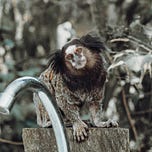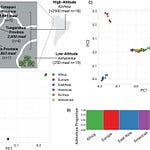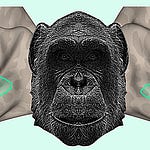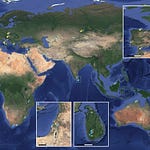he Anthropology of Sound
Language is often hailed as humanity’s signature invention, the trait that makes us unique. But if we listen carefully to the evolutionary past, the roots of speech run far deeper than words. For anthropologists and archaeologists, language isn’t just a system of grammar and vocabulary. It is a survival tool, a social bond, and a window into cognition. To understand where it came from, researchers increasingly look not just to fossilized skulls or stone tools, but to the living voices of other species.
Two new studies add to this growing chorus. One, published in NeuroImage1 by Boglárka Morvai and colleagues, suggests that the ability to detect vocalizations—and to tell our own kind apart from others—is an ancient mammalian inheritance, shared by species as different as humans, dogs, and pigs. Another, published in PNAS2 by Renata Biazzi and collaborators, reveals how rapid postnatal brain growth in humans and marmosets may explain why both species babble their way into language.
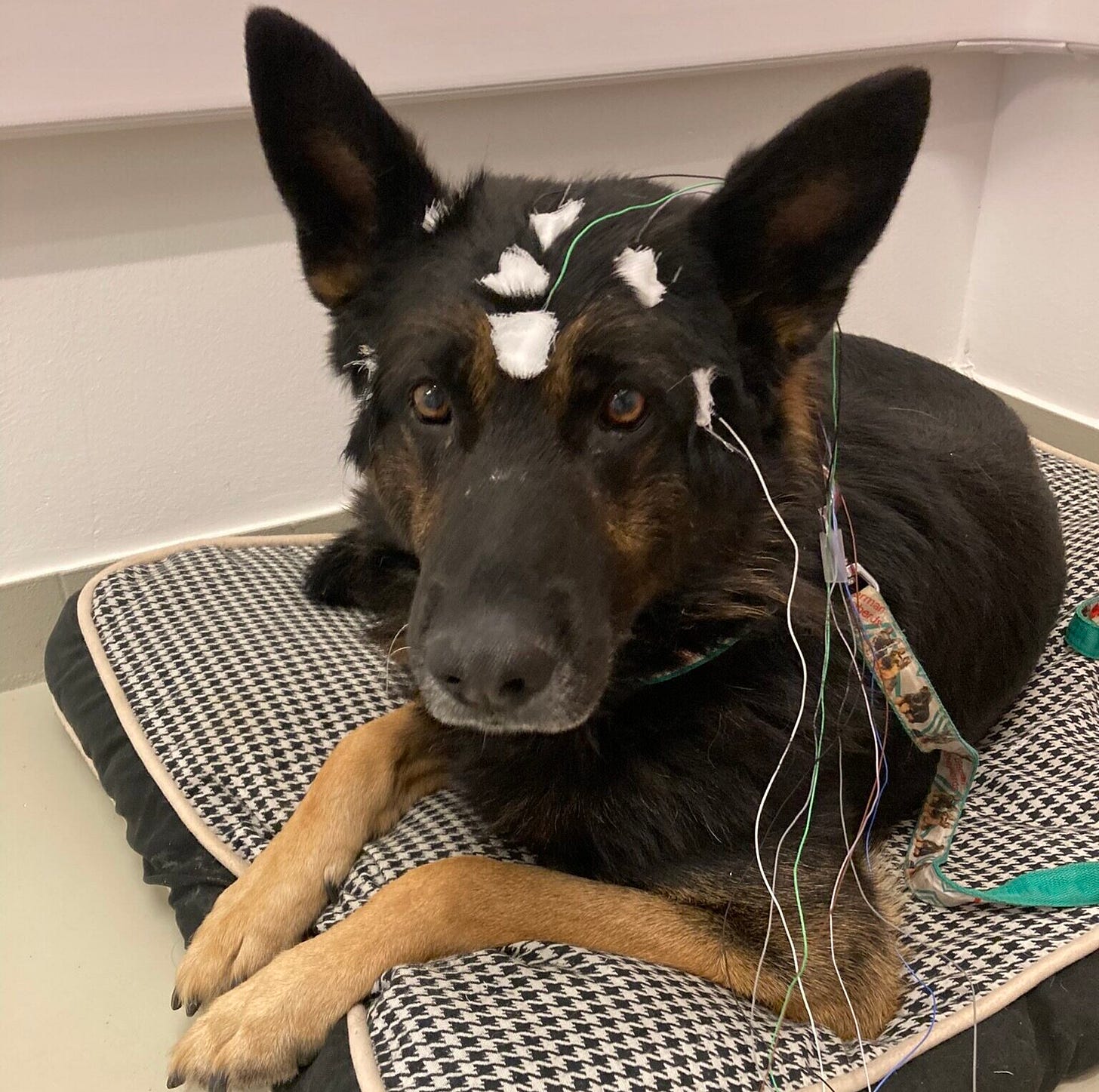
Taken together, these findings place human speech on a broader evolutionary map: from deep-time mammalian sound detection to the peculiar, fragile window of infant brain development that made vocal learning possible.
Voices Across Mammals: A Shared Heritage
The Hungarian team behind the NeuroImage study asked a deceptively simple question: how do mammalian brains respond to voices? To find out, they wired up humans, pet dogs, and companion pigs with EEG electrodes, and played back a series of sounds: sighs, coughs, barks, grunts, and neutral noises.
The results revealed a two-step neural process. Within 200 milliseconds, human and pig brains showed heightened activity whenever they heard a vocal sound—whether from their own species or another. Then, a little later, all three species (including dogs) showed a distinct response when the sound belonged to their own kind. This suggested that the ability to prioritize voices, and then to sort them into familiar and unfamiliar categories, is not a human innovation. It likely dates back some 90 million years, to the last common ancestor of these diverse mammals.
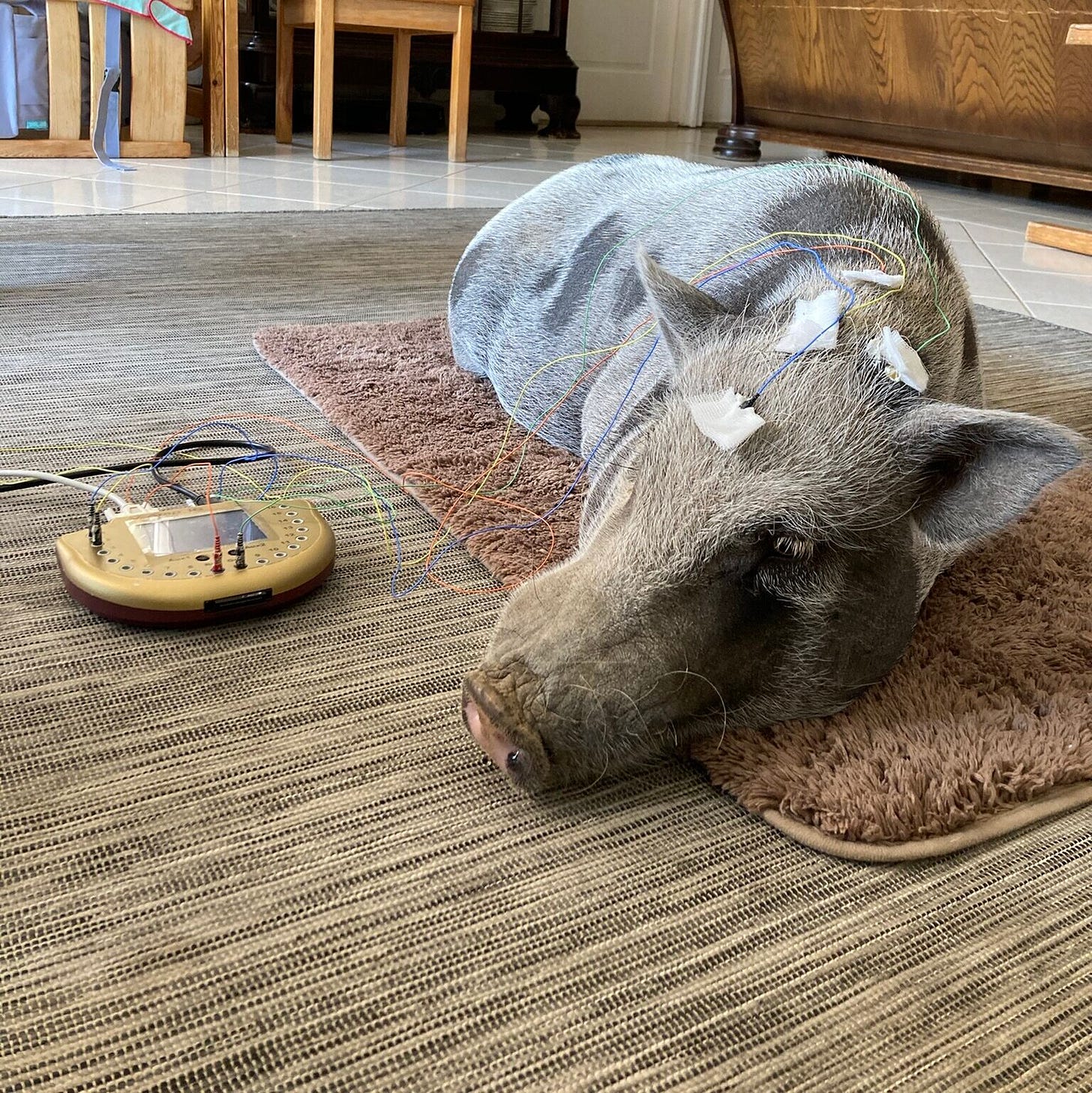
“Conspecific vocalization sensitivity may have ancient evolutionary roots,” the team concluded.
In short: mammals have been listening closely for a very long time.
Babbling Brains: Why Humans (and Marmosets) Talk
But recognizing voices is not the same as learning to produce speech. That leap—babbling, imitating, and eventually conversing—is rare in the animal kingdom. Apart from humans, only a handful of birds and one other primate, the marmoset, show clear signs of vocal learning in infancy.
The PNAS study sought to understand why. By comparing developmental data across four primates—humans, marmosets, chimpanzees, and rhesus macaques—the researchers found that humans and marmosets share a striking pattern: their brains grow unusually fast just after birth. That accelerated growth means that infants experience the world, and the social responses of caregivers, at a time when their neural circuits are still highly malleable.
Marmoset parents, much like human families, answer their babies’ squeaks and coos with vocal replies. This back-and-forth accelerates the young monkeys’ progress from babble to adult-like calls. The same dynamic underlies the human journey from cooing to words.
As neuroscientist Asif Ghazanfar has put it,
“That means the social environment an infant is born into has a tremendous influence” on language learning.
In evolutionary terms, humans didn’t invent this strategy out of nowhere—we share it with a tiny monkey in Brazil.
The Long Evolution of Talking
For anthropologists, these studies reshape how we think about speech. Voice recognition circuits are ancient, perhaps as old as mammals themselves. Babbling brains, nurtured by caregivers, arose later, but not uniquely in our lineage. Together, they form the scaffolding for human language.
The archaeological record reminds us that spoken language leaves no fossils. But by combining neuroscience with evolutionary biology, researchers are uncovering the hidden continuities that connect our conversations today with the calls of pigs, the barks of dogs, and the chatter of marmoset infants.
Speech, it seems, is both deeply ancestral and oddly fragile: rooted in mechanisms shared across millions of years, yet dependent on the fleeting window of infancy to take shape. Between these two poles—ancient recognition and infant learning—lies the story of how humans became the most talkative species on Earth.
Morvai, B., Boros, M., Ferrando, E., Magyari, L., & Andics, A. (2025). Comparative EEG reveals general and conspecific vocalization sensitivities in evolutionarily distant mammal species. NeuroImage, 317(121355), 121355. https://doi.org/10.1016/j.neuroimage.2025.121355
Biazzi, R. B., Takahashi, D. Y., & Ghazanfar, A. A. (2025). Altricial brains and the evolution of infant vocal learning. Proceedings of the National Academy of Sciences of the United States of America, 122(34), e2421095122. https://doi.org/10.1073/pnas.2421095122

